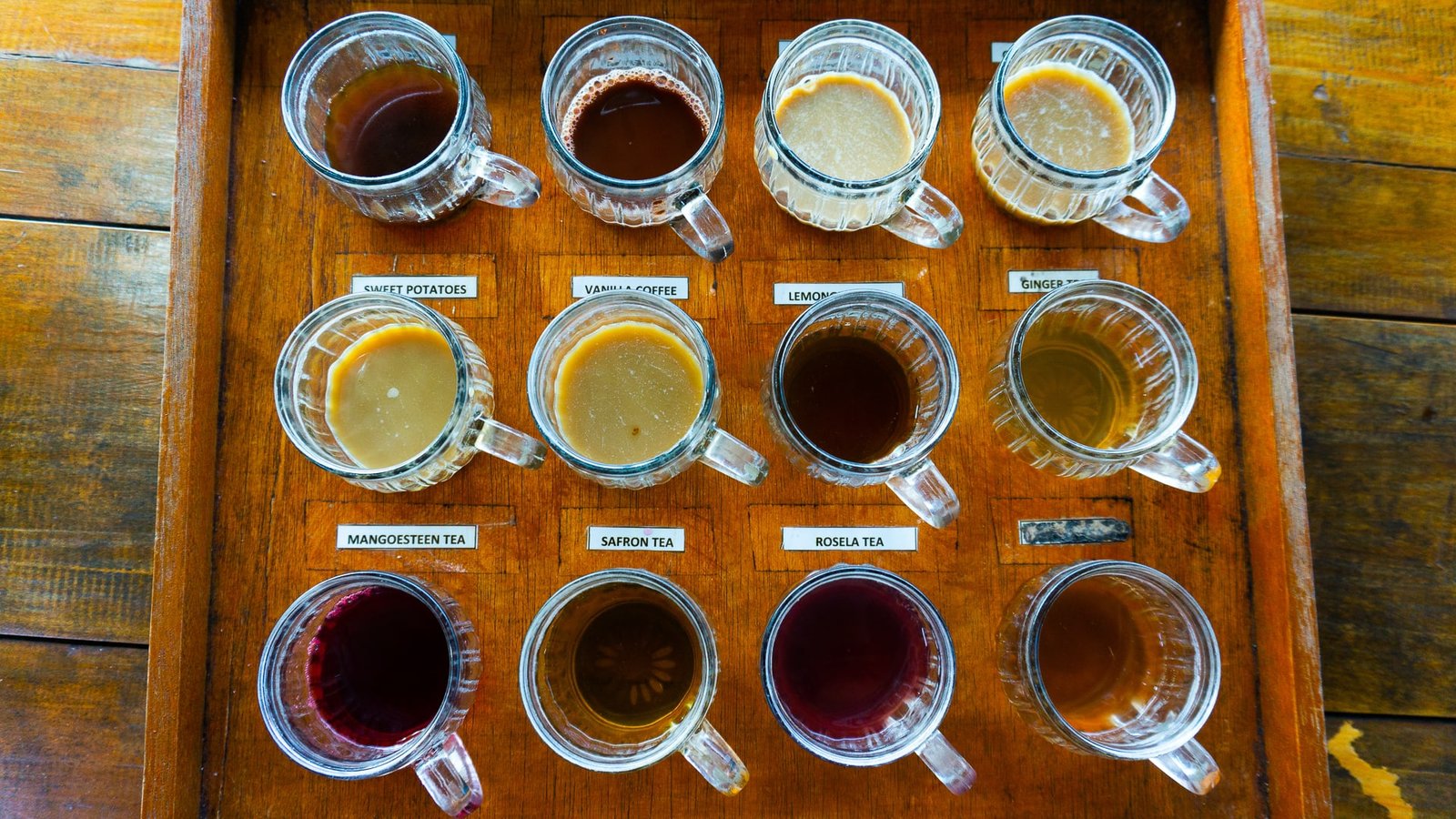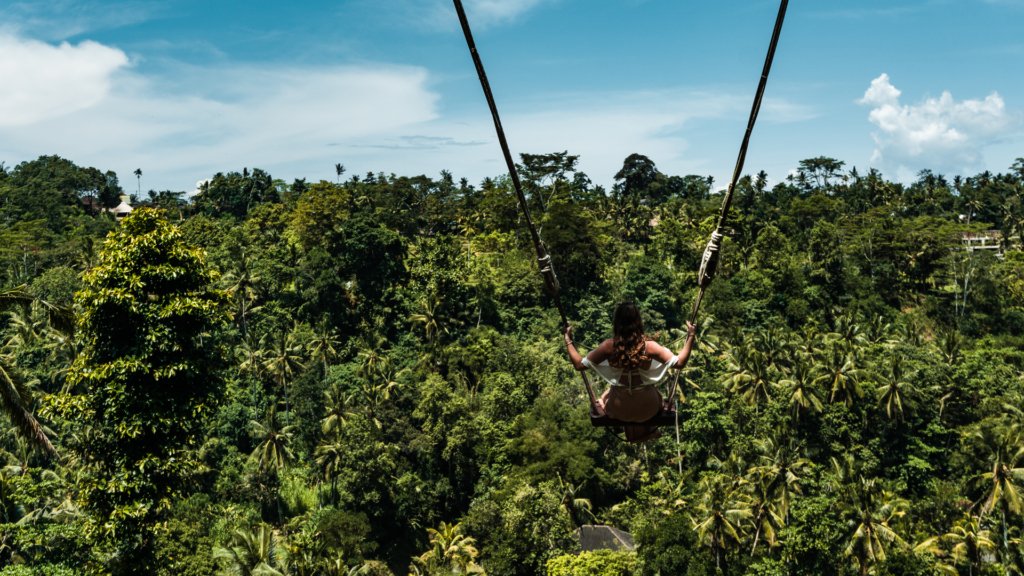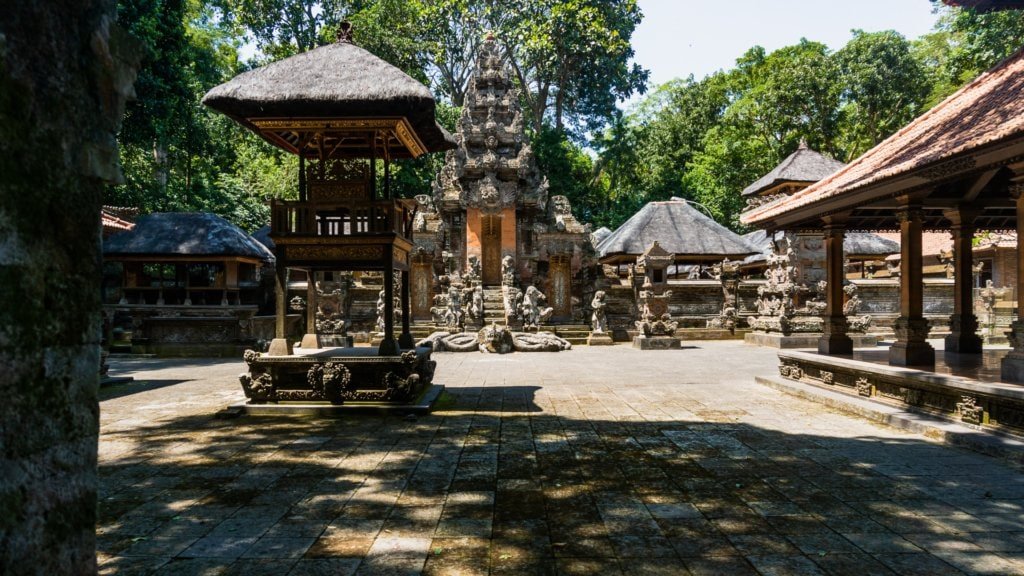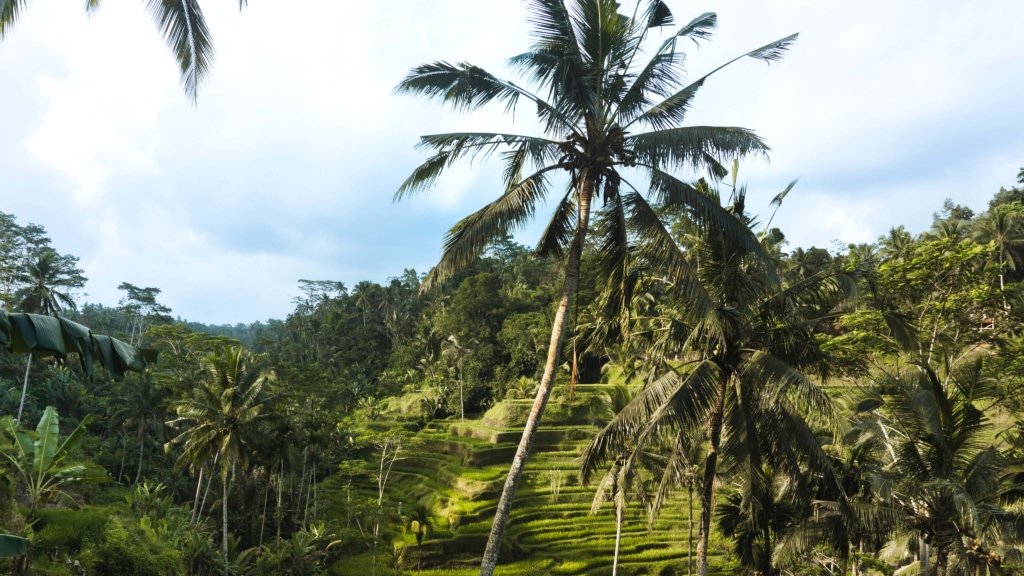The dream island not only offers fantastic beaches and expressive temples, but also sensational food! If you enjoy trying out exotic cuisine, you can’t go wrong with Bali.
The reason you come to Bali doesn’t matter. Whether you want to surf in Kuta, practise yoga or just spend your holidays on the beach – you will soon realise that Bali is also famous for its culinary cuisine. Around every corner, the many different cafés, restaurants and also markets entice with great smells, colourful dishes and yummy food.
The price-performance ratio in Bali is out of this world! For just a few euros, you can get a whole meal on the island, yet the street restaurants are the cheapest!
Coconuts
Another indispensable ingredient in Bali is coconut, which is one of the island’s main crops. The Indonesians use the milk, which is prepared from a mixture of water and grated coconut, as the basis for the famous curry dishes. Grated coconuts are mixed with vegetables or fried with spices as a side dish.
There are traders on every street corner selling their coconuts. With us, they are at the right address, because we love the fresh water of the coconut.
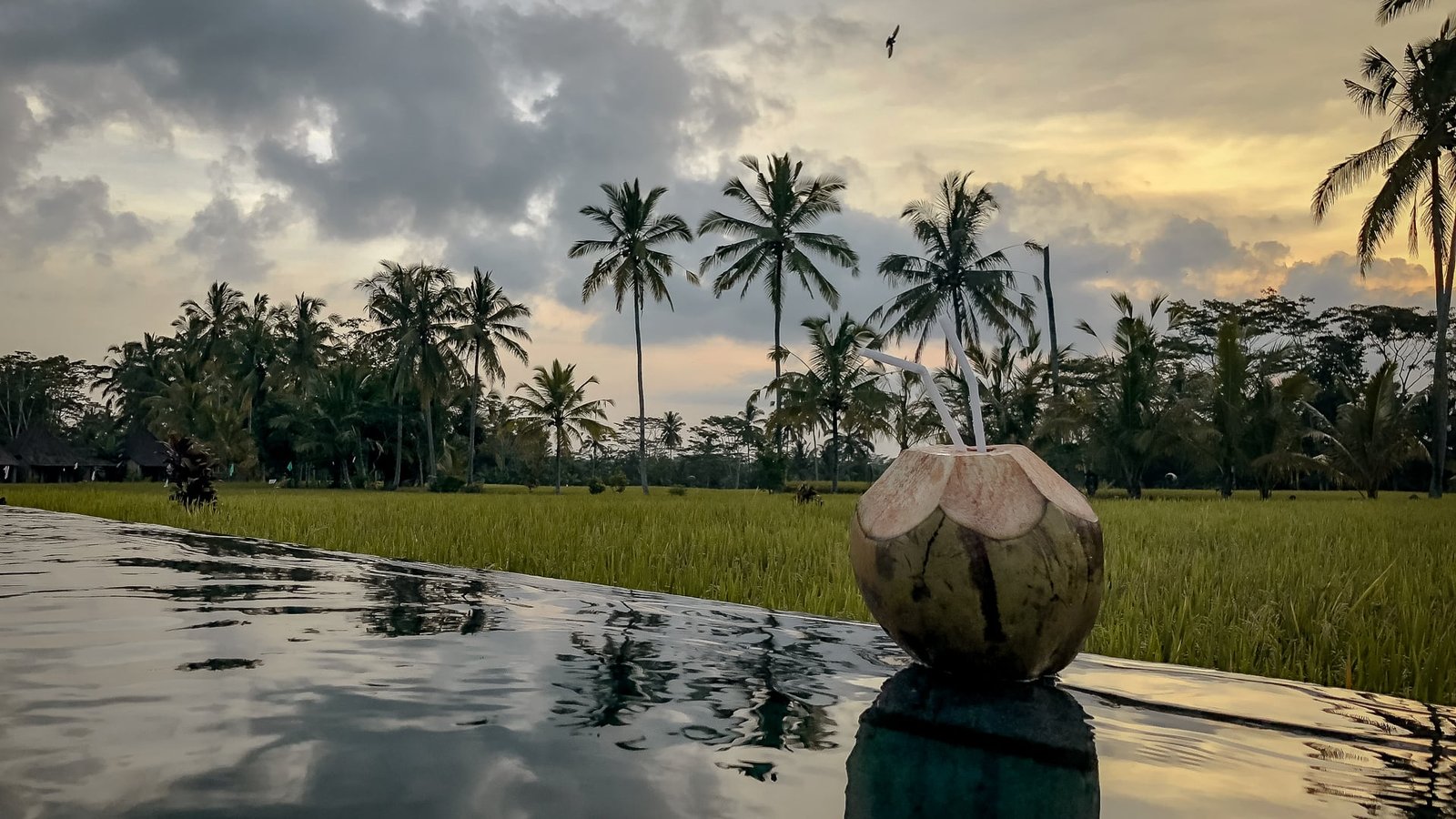
Nasi Goreng
A meal without rice is not a meal – at least not in Balinese food culture. Nasi Goreng is what the Indonesians call their fried rice, which is often refined with various vegetables and sauces. There is no standard recipe, in fact you can eat the rice with anything – different vegetables, prawns, meat, anything you feel like. Yet, Nasi Goreng is considered to be a dish in its own right. With other side dishes, such as krupuk or fried egg, the dish is then called Nasi Campur, colourful rice. Potatoes, for example, are served only rarely and even the fast-food chains serve all dishes with rice. They only serve fries for an extra charge.
Kopi Luwak
Starbucks coffee was yesterday! In Bali there is the famous Kopi Luwak, whereby Kopi is the Indonesian word for coffee and the luwak is a viverrid species. Kopi Luwak thus refers to a coffee that gains a special aroma through the digestion of the luwak. More precisely: the luwak not only feeds on insects, eggs or small reptiles, but also on the fruits of the coffee plant. However, it can only digest the pulp of the fruit; the bean itself is excreted. After collecting the beans, they are washed and slightly roasted. This special way of roasting the coffee beans is said to make the coffee taste more intense. So we visited a coffee production and got to know the little four-legged friends. After a guided tour, we were given a huge tray with twelve different kinds of tea and coffee. Sweet potato coffee, coconut coffee, ginger tea or saffron tea. Some were tastier than others though. Of course, Carlo also had to try this special coffee and it really tasted different – stronger! Even if the Kopi Luwak was more expensive, it was worth the experience!
